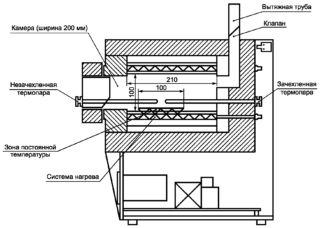Heating to high temperatures is a mandatory component of many technologies that are used in home art, commercial activities and industrial production. Factory heating devices are distinguished by high efficiency, and, accordingly, a price that is far from affordable for everyone. A do-it-yourself muffle furnace for metal hardening can be assembled at minimal cost with excellent performance. To achieve the desired result, you should familiarize yourself with the device, the principle of operation and possible options for assembling a 1000-degree furnace with your own hands.
What is a muffle furnace
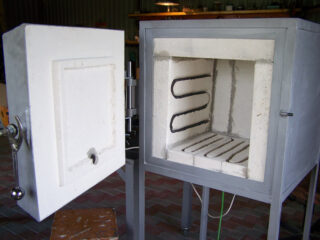
A muffle furnace is a thermal device designed to heat materials to a predetermined temperature. It consists of a heating chamber and a capsule (muffle) in which the object to be treated is placed.
The scope of application of the devices is quite extensive:
- Laboratory analysis. The properties of many minerals appear at high temperatures.
- Blacksmith craft. Heating up the workpieces while maintaining their shape and the absence of scale.
- Metal hardening. Heat treatment changes the crystal structure, increases the strength and rigidity.
- Fuse. Isolation of the required substance from heterogeneous raw materials. This is how ingots of aluminum, gold and silver are obtained.
- Annealing. Helps to achieve the desired microstructure when creating parts from multiple components.
- Burning. Giving objects the desired properties, such as hardness, presentability, resistance to moisture and chemical reagents.
- Heat treatment. Removal of water, acid, oils and other liquids from the substance for the purpose of complete drying.
- Vacation. Removal of internal stresses after melting or quenching, achieving ductility.
- Ashing. Removal of impurities by incineration. Determination of the presence of minerals in the investigated alloy.
Using device functions allows you to get beautiful ceramics, souvenirs, unique metal products.
Varieties of muffle furnaces

Heating devices differ in several indicators, which does not particularly affect their performance.
Among specialists, a classification has been adopted according to certain categories.
Energy source:
- electricity;
- natural gas;
- coking coal;
- firewood.
Content protection type:
- in the air (mechanical only);
- gas environment (argon, helium, nitrogen);
- vacuum.
Case design (loading method):
- vertical;
- horizontal;
- detachable (cap).
Heating degree:
- moderate;
- middle;
- tall;
- ultrahigh.
There is a gradation according to structural, refractory and electrically conductive materials used in the manufacture of stoves.
Muffle furnace design
Products consist of the following parts:
- Housing. The shape and size are determined by the scope of tasks that are assigned to the device. It is mandatory to install a valve to bleed gases released during processing.The body can be metal or modern polymers.
- Heating element. It can be a coal or wood-burning stove, TEN, a gas burner.
- Internal lining. The walls are lined with ceramic plates, and in handicraft conditions with fireclay bricks.
- Door. There are various models, from the simplest with a handle to the modern ones, where a system of levers is used that eliminates contact with hot parts.
- Communications. Depending on the type of product, this is a power cable, a high-pressure cylinder and hose, a mechanical blower.
- Muffle. A capsule made of chemical ceramics, stationary or replaceable.
- Governing bodies. The devices can be equipped with a light and sound alarm, an interface for communication with a computer, a recording device, a thermostat-programmer.
Depending on the production cycle, the furnaces are switched on for a certain period of time or operate continuously with periodic replacement of the filled muffles.
Types and conditions of raw materials processing
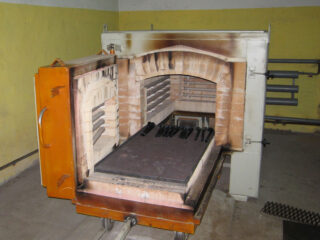
In the process of processing blanks, various processing methods can be used in terms of time and degree of heating, duration and methods of cooling. Some methods of protecting workpieces can also be used.
Material processing technology is used as follows:
- Ceramics. Open, 600 ° C.
- Porcelain. Open, 800 ° C.
- Faience. Open, 1000 ° C.
- Majolica. Open, 1200 ° C.
- Hardening of cutting metal products. Argon 800 ° C.
- Smelting of non-ferrous metals. Argon 800-1200 ° C.
Deviation from the instructions leads to a deterioration in the quality of the finished product or deterioration of the loaded substance.
Making a homemade muffle furnace
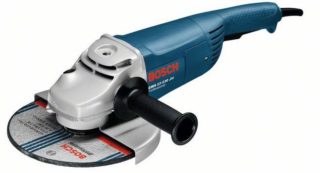
A do-it-yourself muffle furnace is made using the following tools:
- screwdriver;
- roulette;
- a hammer;
- level;
- soldering iron;
- pliers;
- Bulgarian;
- electric drill.
After preparing the necessary property, you need to make a drawing and, on its basis, start preparing the components.
Under a homemade case, you can use faulty or old household appliances that have been idle for a long time - a microwave oven, an oven, a freezer. All fillers that can melt and burn under strong heat must be removed from the casing. If there are no such objects at hand, the body is made independently. For this, a steel sheet with a thickness of at least 2 mm is taken and welded into a rectangular or round structure. It is advisable to use a gas cylinder or a thick-walled steel pipe as a ready-made template. To protect against corrosion and give the product a presentable look, it must be coated with a fireproof paint.
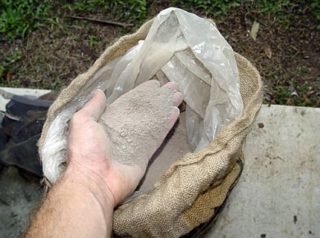
Another method of making a stove is its molding from a mixture of chamotte clay, sand and fluffed asbestos. A wax form is preliminarily made, on which protrusions for the legs are made. A mixture of plasticine consistency is evenly distributed over the pattern, then dried at room temperature for two weeks. Then the wax is melted with a hair dryer, and the mold is calcined in coals for 6 hours.
If there is a transformer substation nearby, the task is greatly simplified. There, for a moderate fee or for free, you can get tubes from the fuse-links. The products are made of a durable substance, designed to withstand high heat and temperature changes. All that remains for the master is to work a little with a grinder and fireclay clay.
The next item will be the installation of the heating element and thermostat (control unit sensors). Two gas burners or electrical elements are attached to the furnace body. The burners are installed from below and from above. Electric heaters are fixed depending on their configuration. The wire is wrapped in a spiral, the SHADES are placed on the sides, and if you need a heat of 1500 ° C and higher, then on the floor and vault. Land is provided without fail in order to exclude the employee's shock.The heaters are then closed with a steel casing, in which a hole is made for an air valve.
Thermal insulation is applied to the outer casing as tightly as possible to its surface. The best option for today is considered to be basalt wool in rolls. To close the chamber securely enough, a 20 mm layer is enough. The thermal insulation can be fixed with aluminum tape or copper wire wound with frequent turns. The finished structure is placed in the case if such a stove model is chosen.
The penultimate step before installing the electronics is making the cover.
Process sequence:
- Fitting, securing and adjusting buttonholes. Screw or wedge locking devices are used.
- Fireclay bricks are taken and cut to size. Edges are sewn to ensure the lid closes.
- A mortar is prepared from clay, sand and cement in a ratio of 1: 3: 1. It is applied to the door, the brick is pressed tightly, oppression is placed on top.
- After drying, the lid is hung in place and the joints are sealed. Heat-resistant silicone is used, applied around the sash perimeter.
The device can be used in 2-3 hours.
The simplest way to equip a ceramic muffle kiln is a combination of a powerful hot plate and medical ceramics. Chamotte should be placed under the vessel to ensure an even distribution of heating. Power is regulated by the standard tile device.
Safety engineering
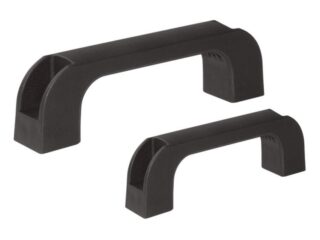
A muffle furnace is a potential hazardous device requiring the following safety measures:
- the turns should not touch each other, otherwise a short circuit will occur;
- for putty, you can use clay or heat-resistant silicone;
- handles must be made of dielectric plastic.
When working with the stove, use effective ventilation.

